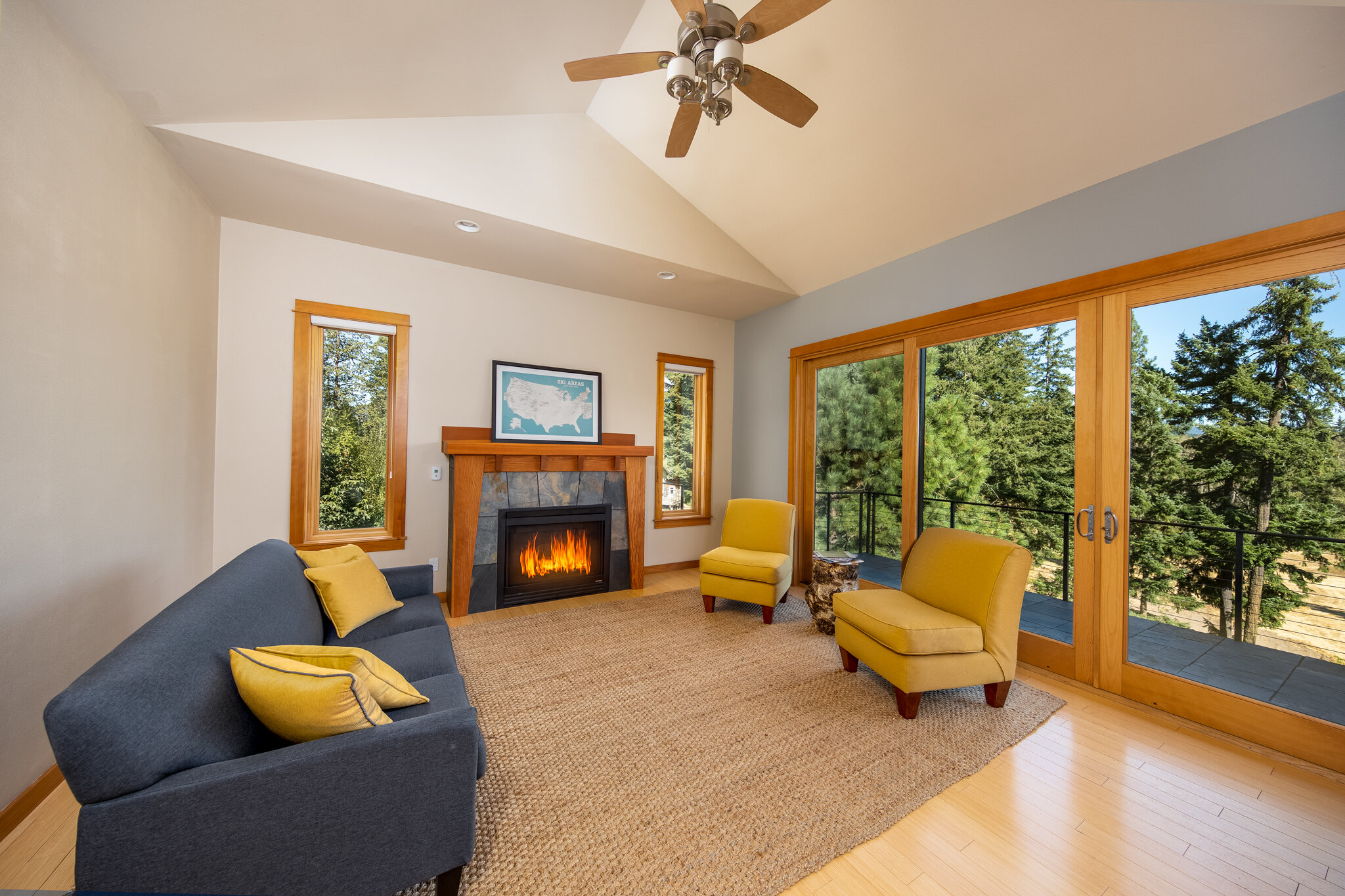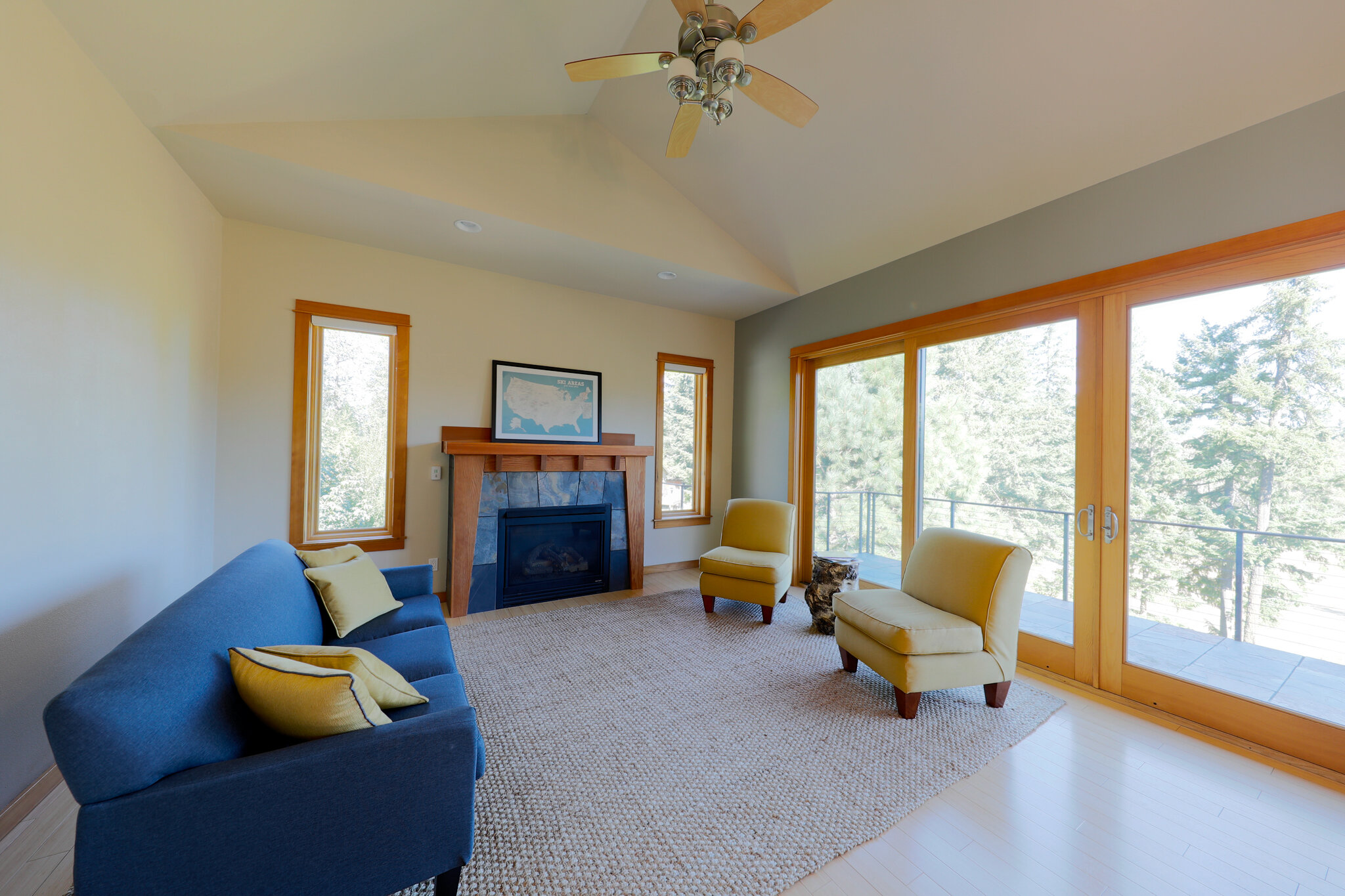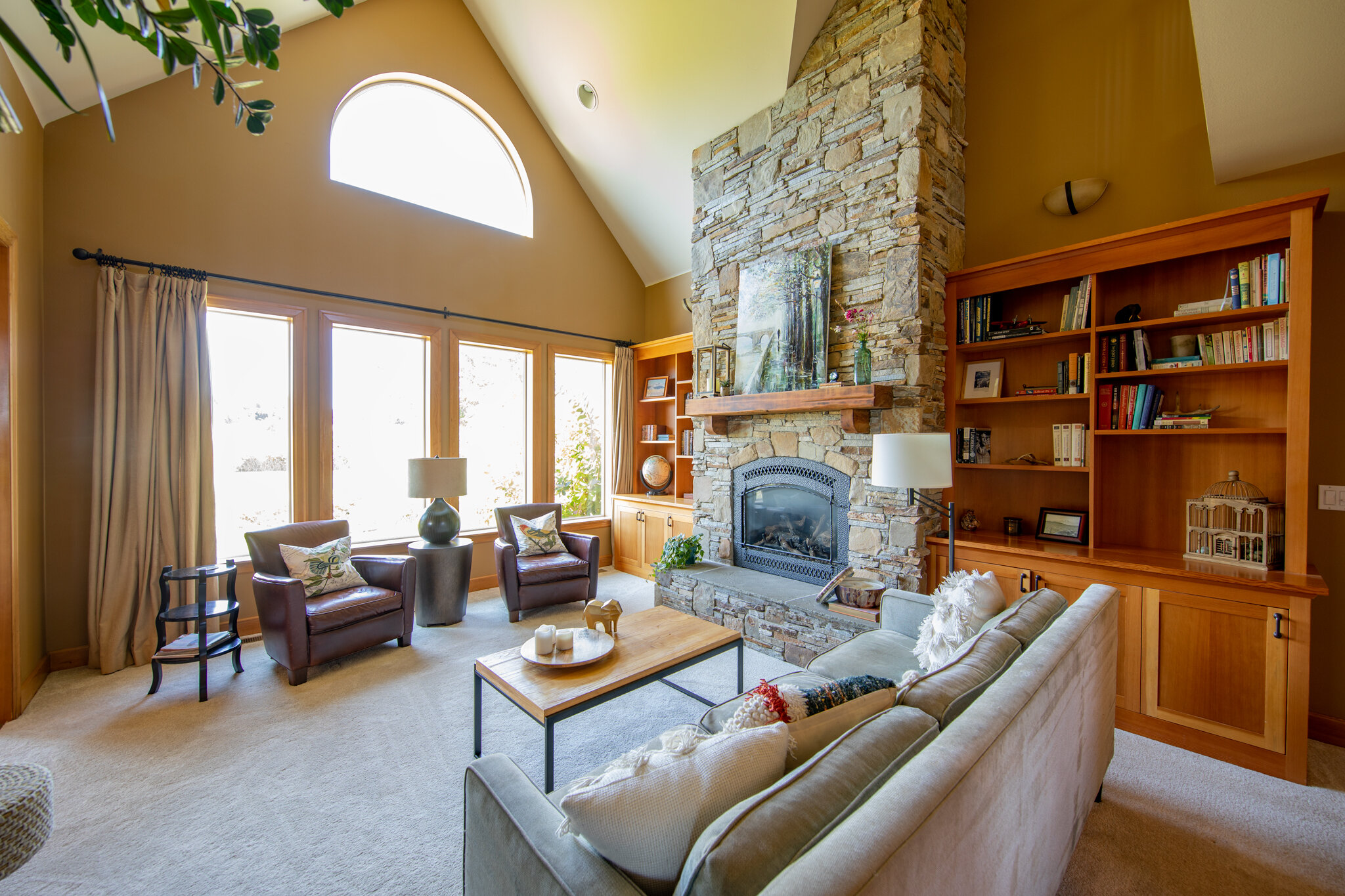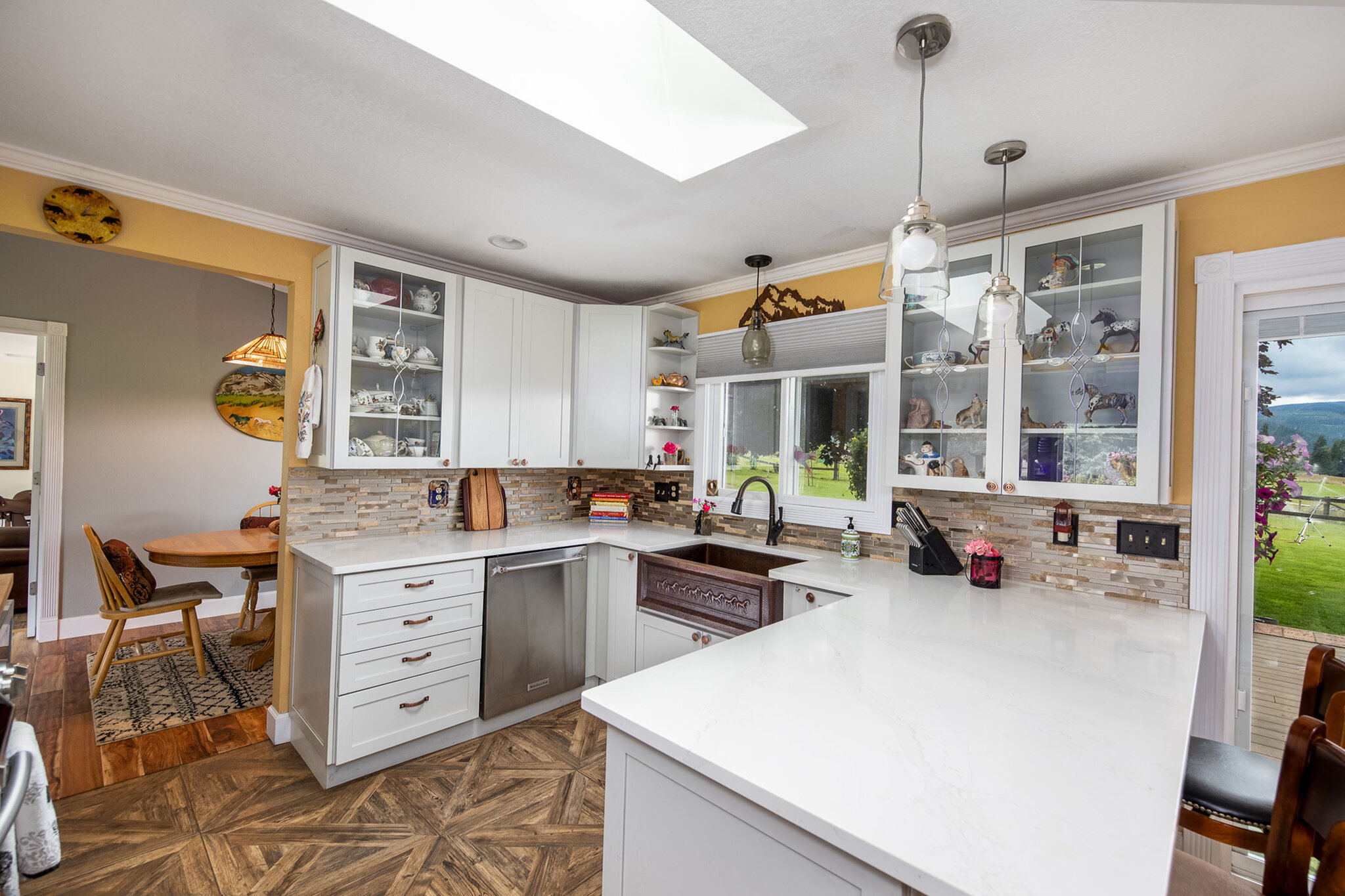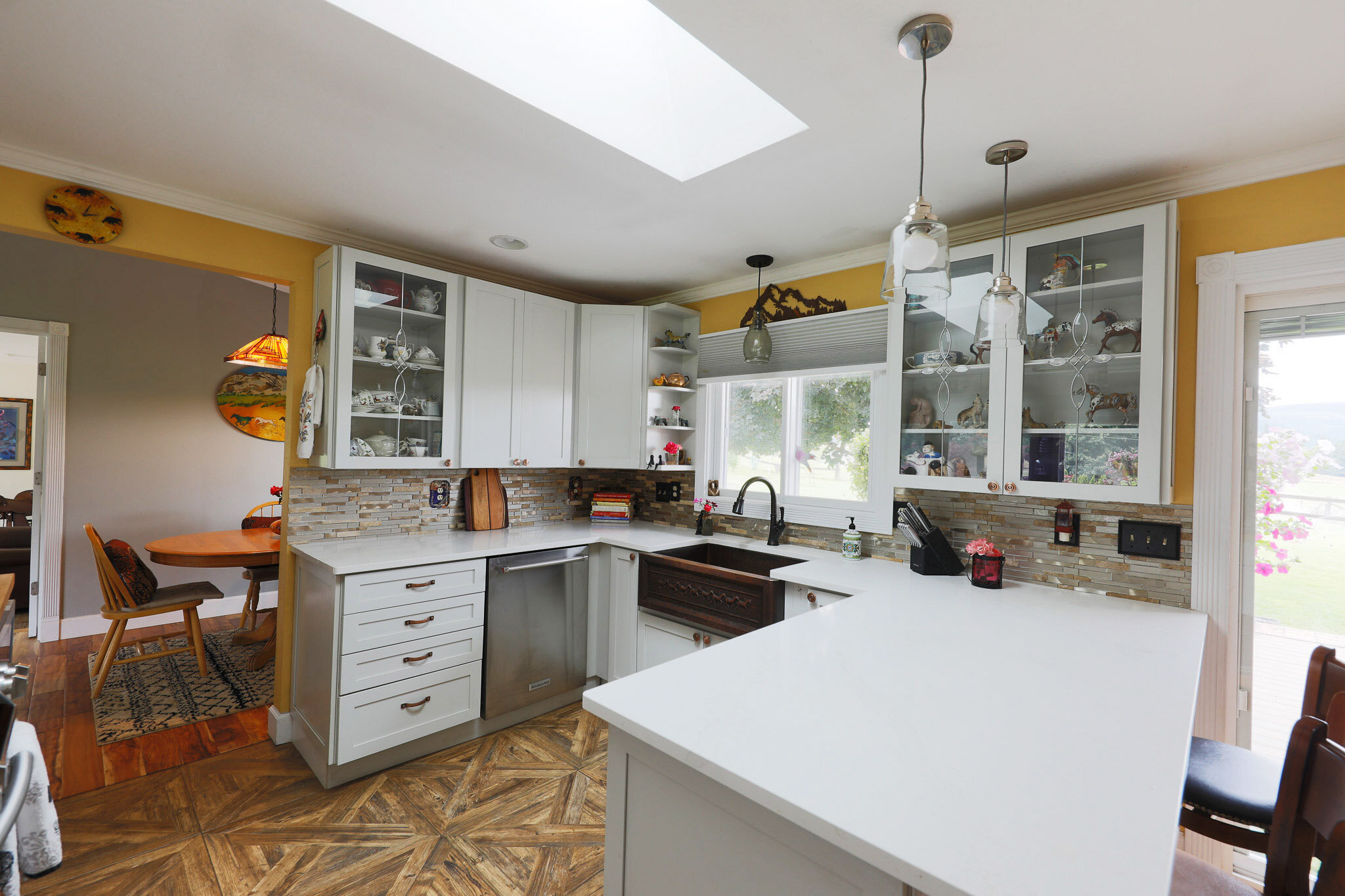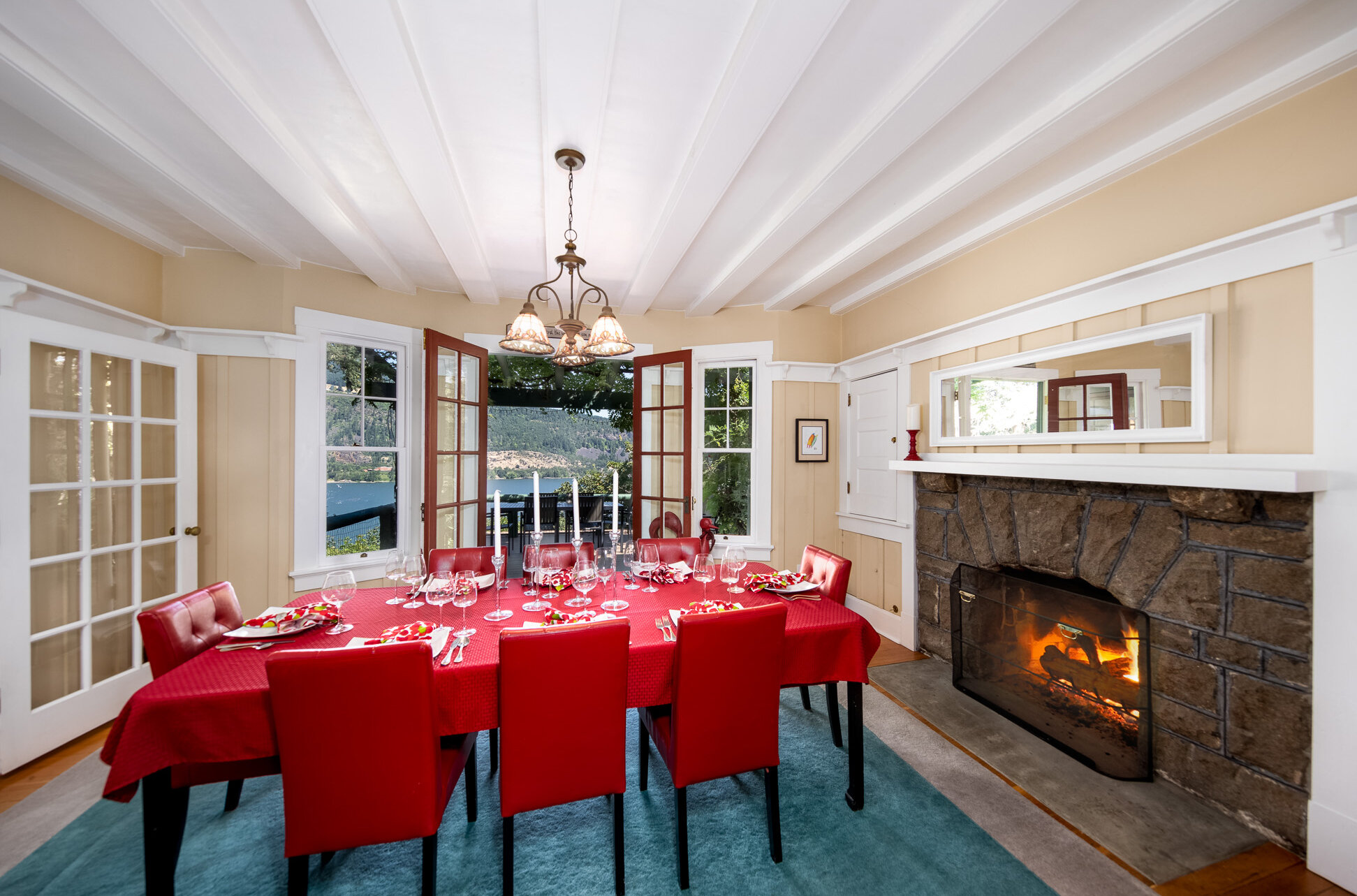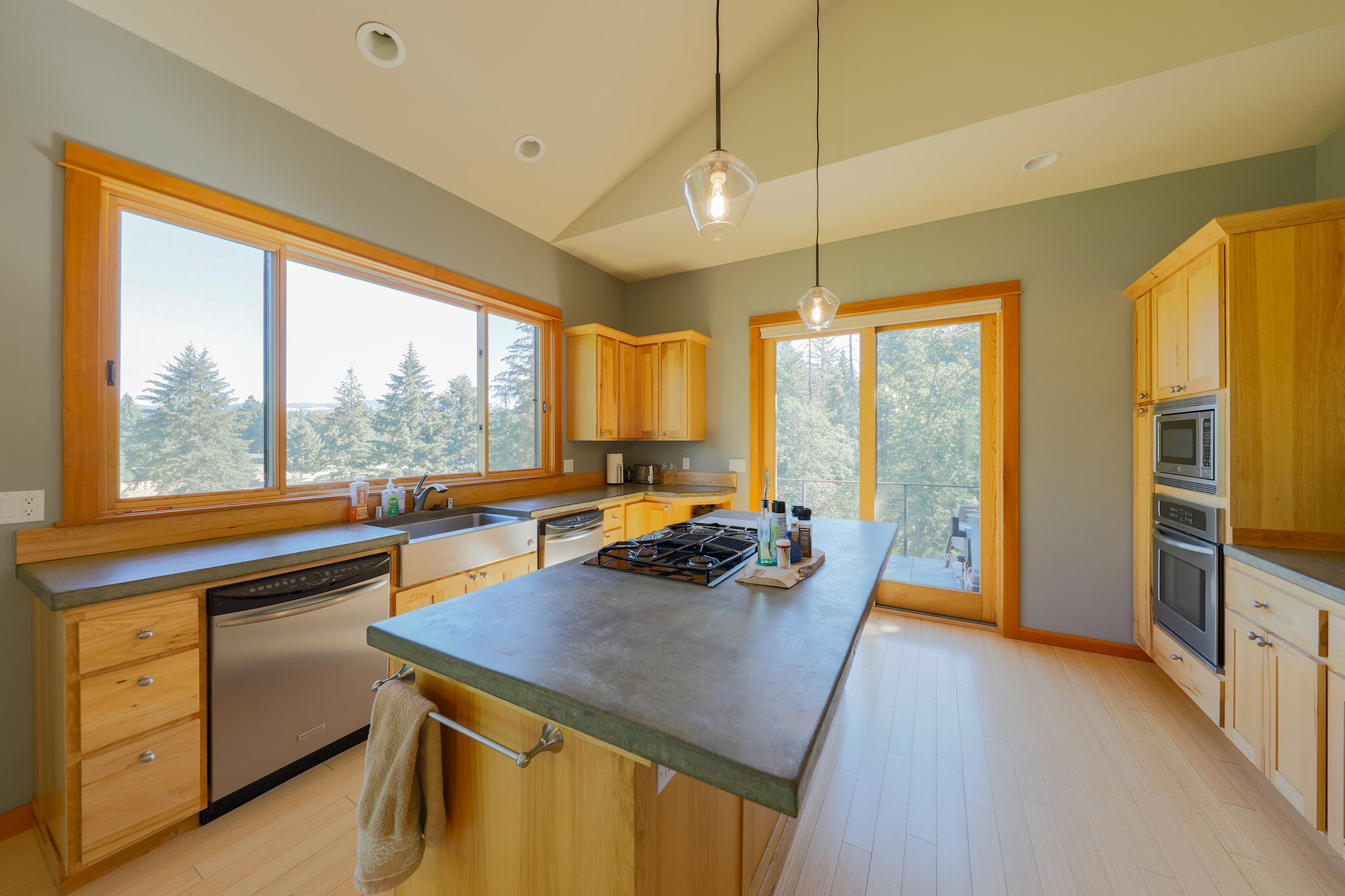Real Estate Photography
Why Are Homes So Difficult to Photograph?
A universal challenge all real estate photographers struggle to overcome are the extreme lighting conditions in interior spaces.
Even with the lights turned on, windows tends to be anywhere from 10 to 14 stops brighter than the darkest surfaces and shadows in a room. This exceeds the sensitivity and light-gathering capabilities of modern digital cameras, forcing us to make some tough decisions:
“Should I expose for the interior and allow the windows and exterior scenery to be blown out?”
“Should I over-process the image by pulling back highlights and recovering shadows to the extreme?”
“Should I shoot multiple exposures and try to extend dynamic range in the scene using HDR?”
“Should I set my white balance to match the ambient window light or the tungsten light bulbs?”
In truth, none of these trade-offs achieve great results, and all of them involve making compromises that result in images which look flat, dull, and unnatural.
My goal in this blog post is to show real-world examples of homes I’ve photographed in the last month. In each case, I photographed the space using techniques employed by typical real estate photographers, then I photographed them again using my advanced lighting and compositing techniques, so you can scrub the “before and after” images to see and appreciate the difference.
So what’s the answer?
Real estate photography has improved over the last few years, and there are now lighting and compositing techniques which enable a skilled photographer with the right equipment to achieve results that rival the kind of high-end photography you see in magazines and websites, which is important because buyers are drawn to listing photos that exude quality and luxury.
I use many of the same tools and methods as an architectural photographer when shooting for the MLS. My technique makes rooms feel bright, spacious and inviting by creating balanced light and ensuring color accuracy, while preserving the quality and direction of natural light.
What you’ll notice in these “before and after” examples, is that “typical” real estate photos tend to look flat, washed-out, and lacking in detail and dimension. The compromises photographers make when working with available light or on-camera flash usually result in low contrast, ghosting, halos, and strange color casts.
This is where my photography is different. Every scene is thoughtfully composed to showcase the beauty and features of the home and ensure straight vertical lines and clean composition. My approach balances interior and exterior light, and allows the scenery and views surrounding the home to shine through the windows. Ultimately, I strive to produce a style and quality of image your clients are accustomed to seeing in magazines like Sunset, Dwell, Architectural Digest, or Better Homes & Gardens.
So next time you have real estate photos taken for one of your listings, look at them critically, evaluate what you're getting, and decide what you want for your discerning clients.
I’d love to photograph your next listing, and I’m only a phone call, text message, or email away — with easy scheduling and 24-hour turnaround.
